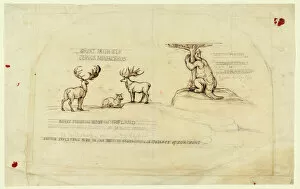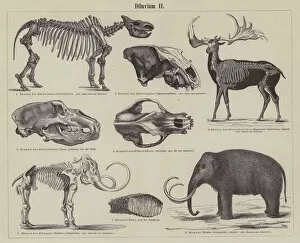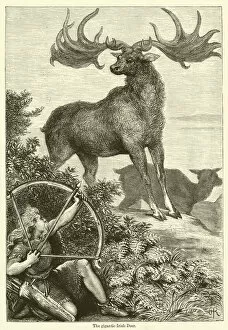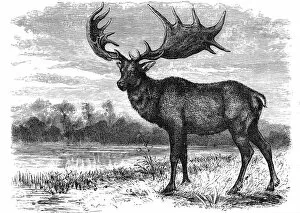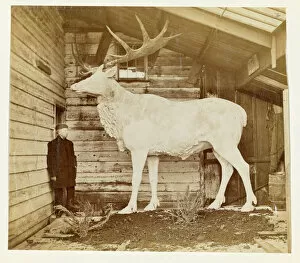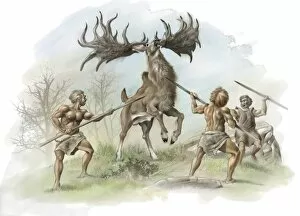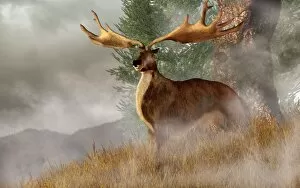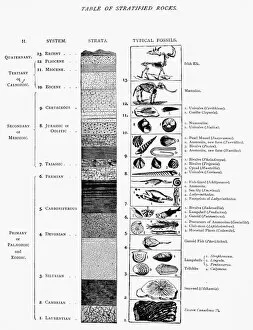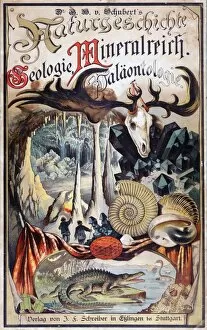Irish Elk Collection
The Great Irish Elk, also known as Megatherium, was a majestic creature that roamed the Earth during prehistoric times
All Professionally Made to Order for Quick Shipping
The Great Irish Elk, also known as Megatherium, was a majestic creature that roamed the Earth during prehistoric times. Its imposing silhouette was captured in an 1829 silhouette by William and Frank Buckland, showcasing its grandeur for generations to come. Benjamin Waterhouse Hawkins took it upon himself to restore the image of the Irish Elk through his intricate engravings and a giant elk model. His dedication brought this magnificent creature back to life on paper, allowing us to marvel at its sheer size and beauty. In various engravings depicting prehistoric animals, the Skeleton of the Irish Elk stands out as a testament to its colossal proportions. The gigantic Irish Deer is another awe-inspiring portrayal that showcases its dominance in ancient landscapes. One particular engraving titled "Ideal European Landscape of the Post-Glacial Period" presents an idyllic scene where the Irish Elk coexisted with other remarkable creatures such as Woolly Elephants, Hairy Rhinoceroses, Urus, Cave Bears, and Cave Hyenas. It paints a vivid picture of what life might have been like during that era. The Megaceros Hibernicus or simply put - The Irish Elk - has left an indelible mark on history. Countless engravings capture its essence; each stroke revealing more about this extraordinary animal's existence. Even today, we can appreciate reconstructions from c1880 that bring forth our imagination's vision of how it looked in all its glory. Artwork portraying Neanderthals hunting these magnificent creatures adds another layer of intrigue to their story. It sparks curiosity about their interactions with early humans and reminds us of our shared past with these incredible beings. As time goes by, we continue to be captivated by the allure of the Great Irish Elk. Its legacy lives on through artistry and scientific discoveries alike – reminding us just how extraordinary our planet's history truly is.

